Trump's Call For A 'Space Force' Makes Him The Laughingstock Of The Galaxy
President Donald Trump thinks the United States should launch a “Space Force,” a branch of the military devoted to wars in space.
“Space is a war-fighting domain, just like the land, air and sea,” Trump said on Tuesday at the Marine Corps Air Station Miramar. “We may even have a Space Force, develop another one, Space Force. We have the Air Force, we’ll have the Space Force.”
At first, Trump said he wasn’t serious about the notion.
“Then I said, ‘What a great idea!’ Maybe we’ll have to do that,’” Trump said. “So think of that: Space Force, because we are spending a lot and we have a lot of private money coming in, tremendous.”
He also described the U.S. military as “vital to ensuring America continues to lead the way into the stars.”
For the moment, however, his idea for a Space Force led to much laughter on Twitter:
I see this in our future. pic.twitter.com/KE91wKnNRx
— WhippetRun (@WhippetRun) March 14, 2018
We call it a “Death Star” in my galaxy https://t.co/GqK9E0EzTr
— Darth Vader (@DepressedDarth) March 14, 2018
Breaking: Trump taps Darth Vader to lead his #SpaceForce. pic.twitter.com/ygv81MKonq
— Simar (@sahluwal) March 13, 2018
Somewhere @HamillHimself mentally prepares for the inevitable: a phone call from the President*, asking him to lead the new #SpaceForce thanks to his “years of experience fighting bad guys in space” #ImpeachTrump #DumbDonald #TuesdayThoughts
— Tara Dublin (@taradublinrocks) March 13, 2018
#spaceforce Trumps gonna put a "laser" on the Moon. He's gonna turn the Moon into a "Death Star" pic.twitter.com/lR7ZXc6a3A
— Emae Church (@EmaeChurch) March 13, 2018
I went into a screening to see Isle of Dogs. I came out and we now have a Space Army
— Mike Ryan (@mikeryan) March 14, 2018
Live footage from Trump’s new “Space Force” #SpaceForce pic.twitter.com/aZrwLut9o8
— Catherine Q. (@CatherineQ) March 13, 2018
Of course Trump wants to create a Space Force. He doesn't want any kind of alien entering the U.S. "They're bringing laser swords, they're bringing pod people, they're face huggers and some of them I'm sure are fine extra terrestrials." #spaceforce
— Barry Wernick (@BarryWernick) March 13, 2018
LOLOL #SpaceForce #SpaceBalls pic.twitter.com/cgIoQewu3A
— Chibi Lexenstar (@ChibiLex) March 13, 2018
Finally. It’s happening. Space Force Commander Newt Gingrich is going to get his laser gun. https://t.co/2Bp3amKdL6
— Ezra Klein (@ezraklein) March 14, 2018
NEW video of the policy development process for Trump's #SpaceForce --> pic.twitter.com/Lhr2Y8Yucc
— Jesse Ferguson (@JesseFFerguson) March 13, 2018
Trump: "I wanna wage war with Space."
Cabinet: "But why tho"
Trump: "Have you seen the documentaries lately about space? The one with Mark Hamill?"
Cabinet: "...Sir that's Star Wars."
Trump: "See, the war has already started!" #SpaceForce— Alec Comes (@AlecComes) March 13, 2018
You are entering another dimension.
Welcome to The Space Force.
#SpaceForce pic.twitter.com/2m3FLxO1dd— Cameron Grant (@coolcam101) March 13, 2018
Right! He saw them do it on Spaceballs and Galaxy Quest, which are at least as fact based as Fox & Friends.
— Mike Mullins (@mikeD18mullins) March 13, 2018
No, but seriously, which one of you can fly a spaceship? #SpaceForce pic.twitter.com/XxmecXJj9G
— m i t h (@ManInTheHoody) March 13, 2018
So now Trump is SPACE Cadet Bone Spurs?#spaceforce
— Luisa Haynes (@wokeluisa) March 13, 2018
I'm tired of illegal criminal aliens like Sand People and Jawas taking our space jobs! America first! #SpaceForce #BuildThatSpaceWall pic.twitter.com/HEIJaZ2Cgp
— C. M. Burns, III (@CMontyBurnsIII) March 13, 2018
Hey @realDonaldTrump, can you join the #Spaceforce if you have bone spurs? Asking for a friend.
— Jeff Wernli (@Jeff_Wernli) March 13, 2018
Disney: We already have plenty of uniforms in storage #Trump #SpaceForce pic.twitter.com/BIFfoRHUD3
— cmacs (@Leafer1) March 13, 2018
Let's start with protecting our children in school. He can go defend Mars with his family.
— C MONAGHAN (@CINDYMONAGHAN) March 13, 2018
With his mission almost complete Trump plans his exit strategy #TrumpSpaceForce #SpaceForce #XFiles pic.twitter.com/V7VCGufyfS
— Natalie Eilatan (@natalie905) March 13, 2018
Also on HuffPost
The Asteroid Belt Between Mars and Jupiter
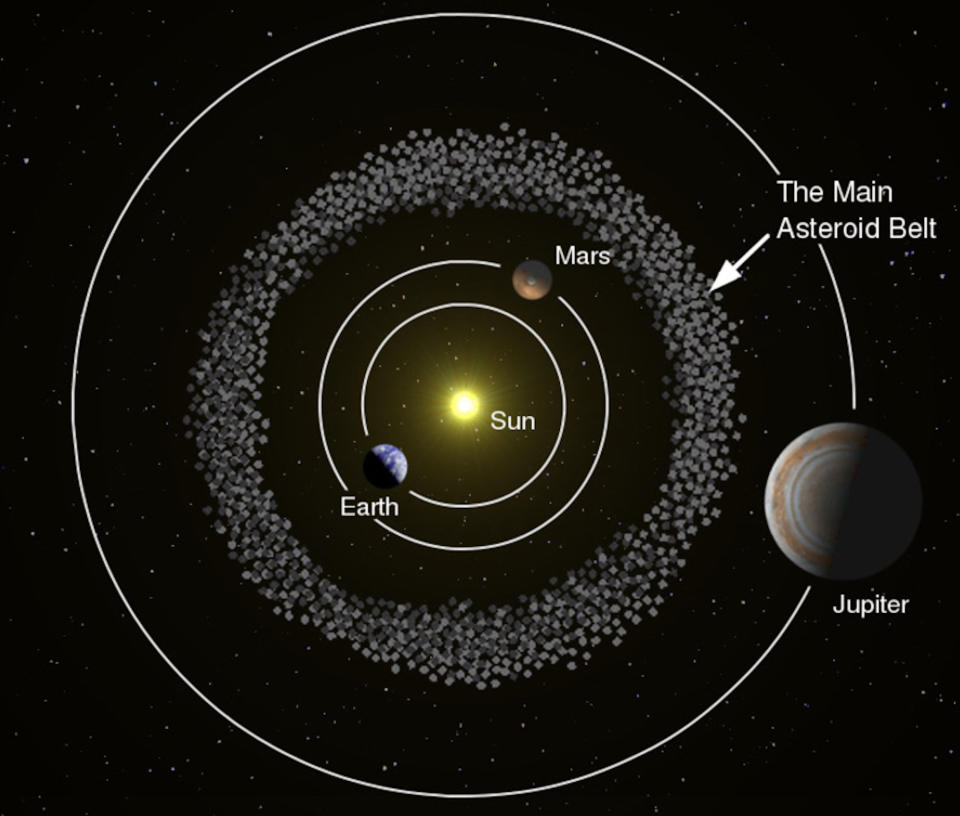
Asteroids In Space
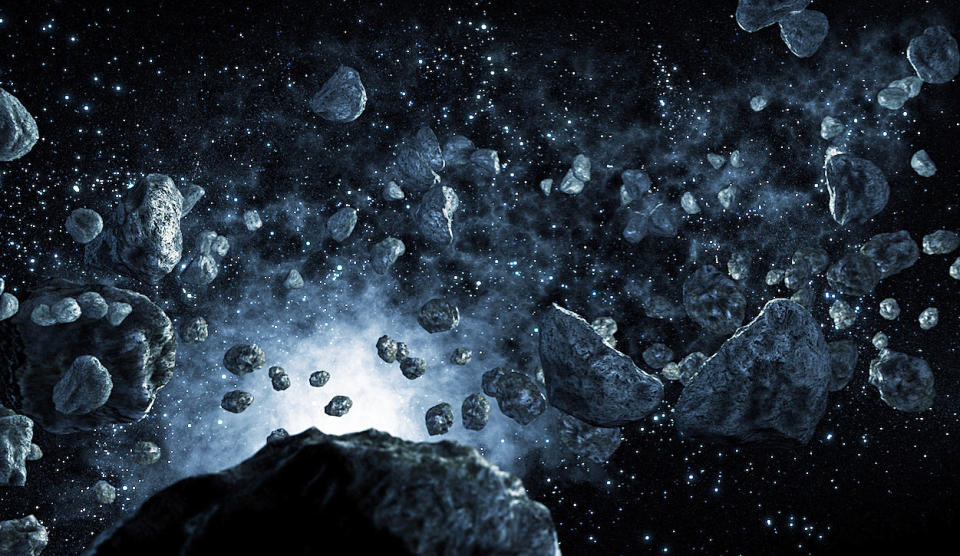
Asteroid Vesta

Vesta Close-up

Asteroid Itokawa
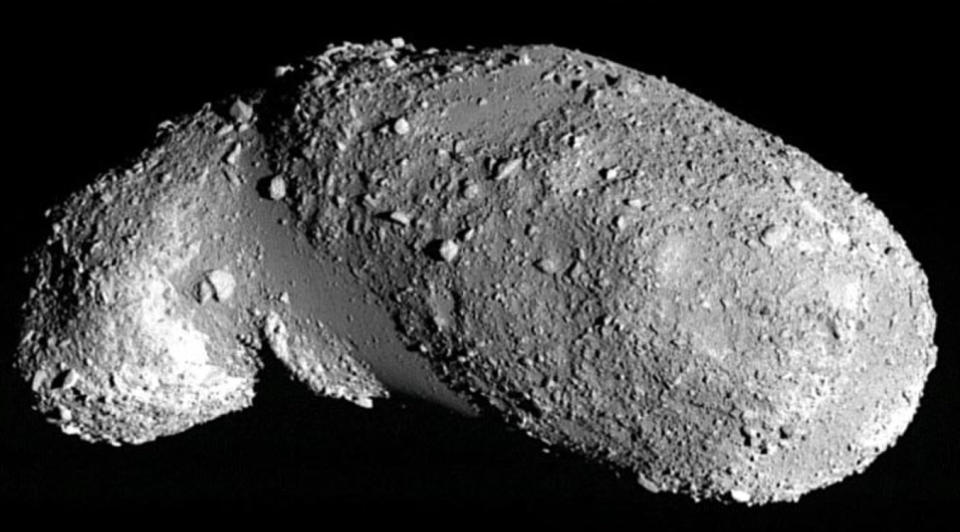
Another Angle of Itokawa
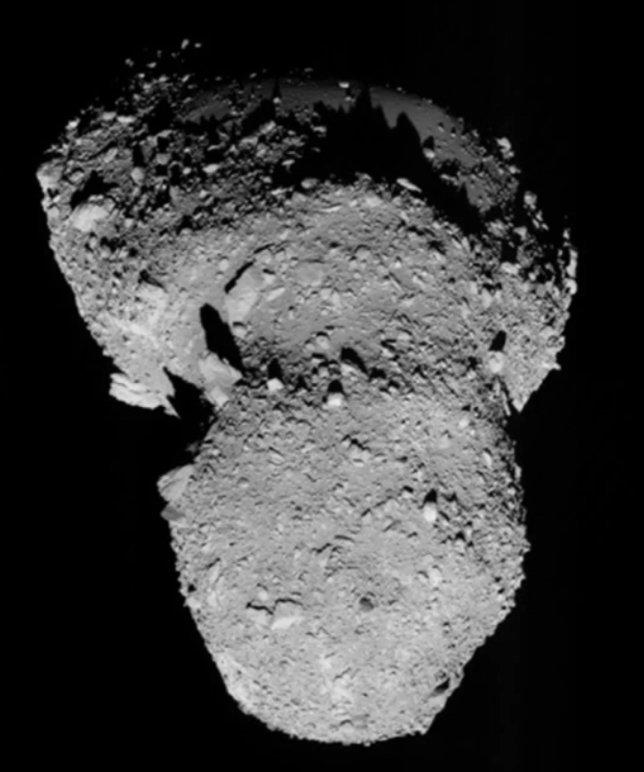
Itokawa (3)

Asteroid Ceres (1)

Ceres (2)

Earth, Moon, Ceres Size Comparison
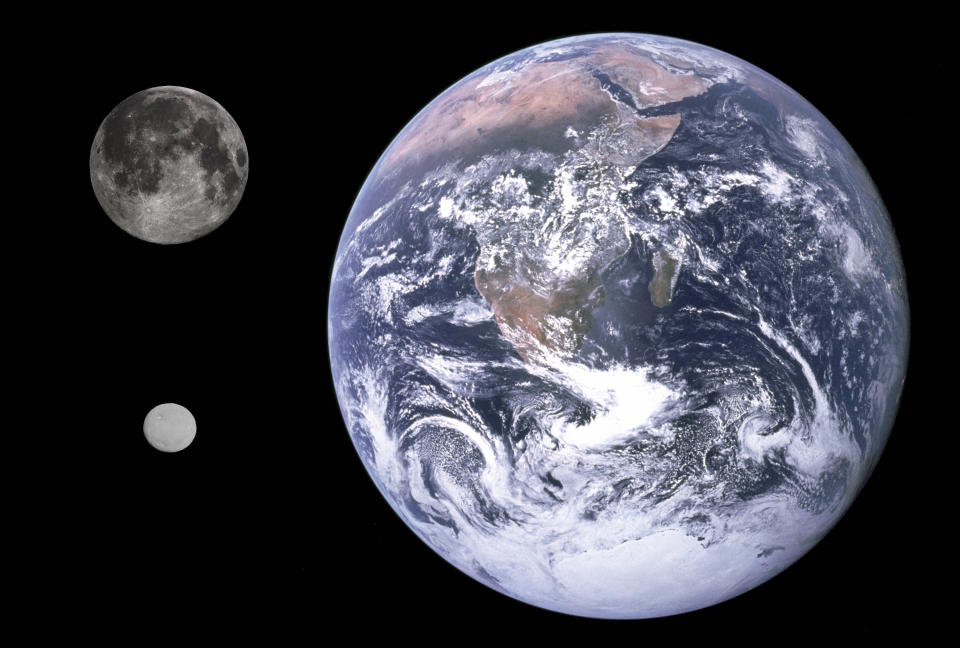
Asteroid Lutetia (1)

Lutetia (2)
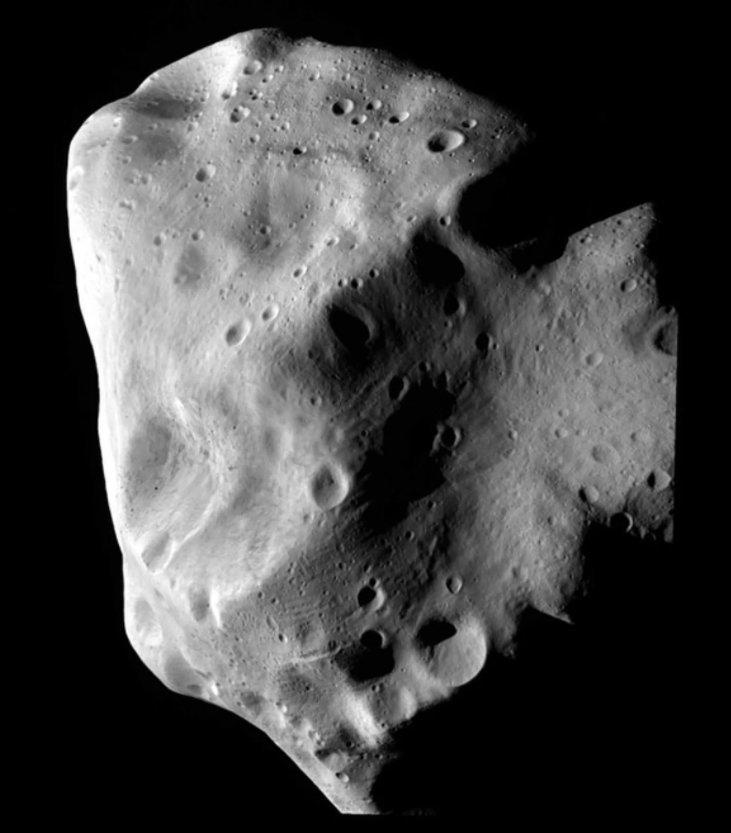
The Halloween Asteroid
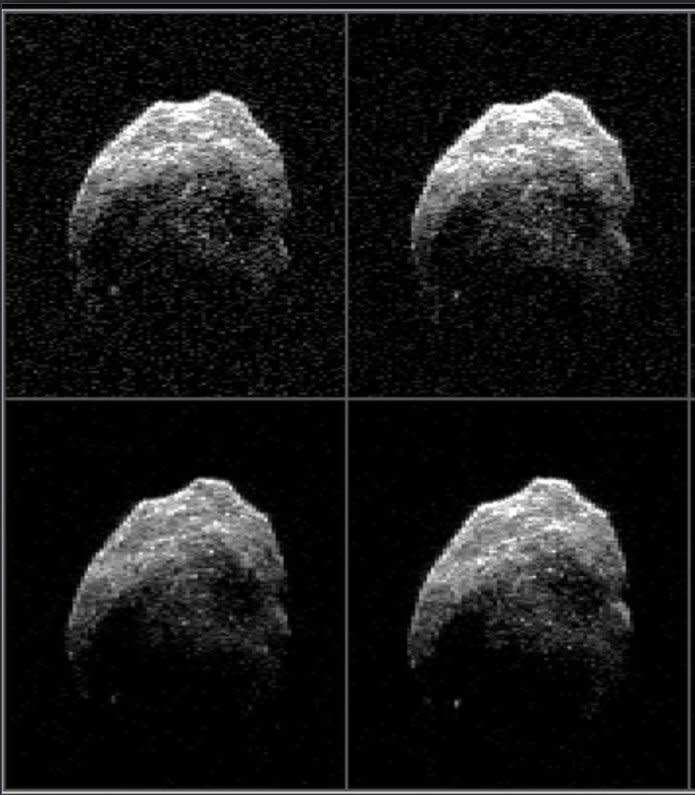
Asteroid Gaspra

Asteroid Mathilde
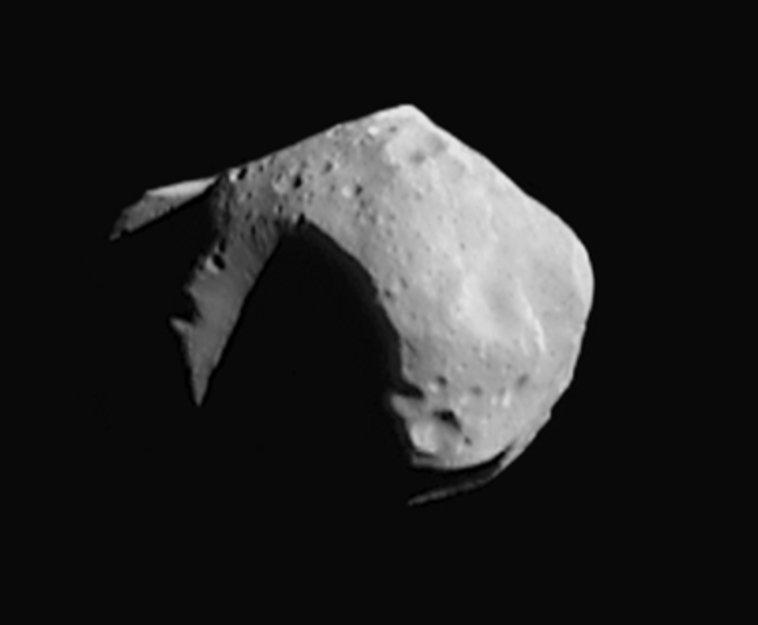
Asteroid Eros
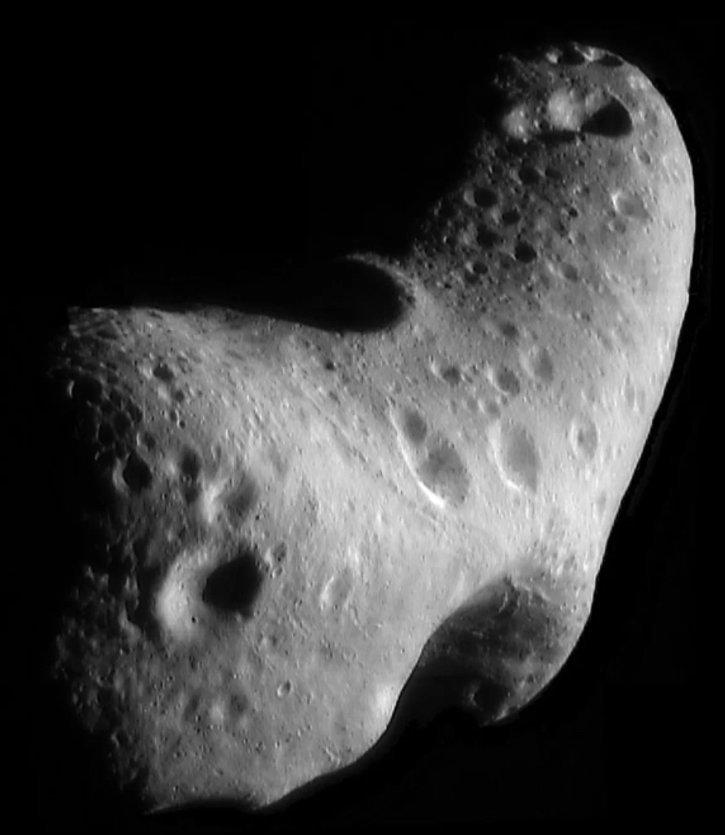
Asteroid Steins

Asteroid 2017 BQ6
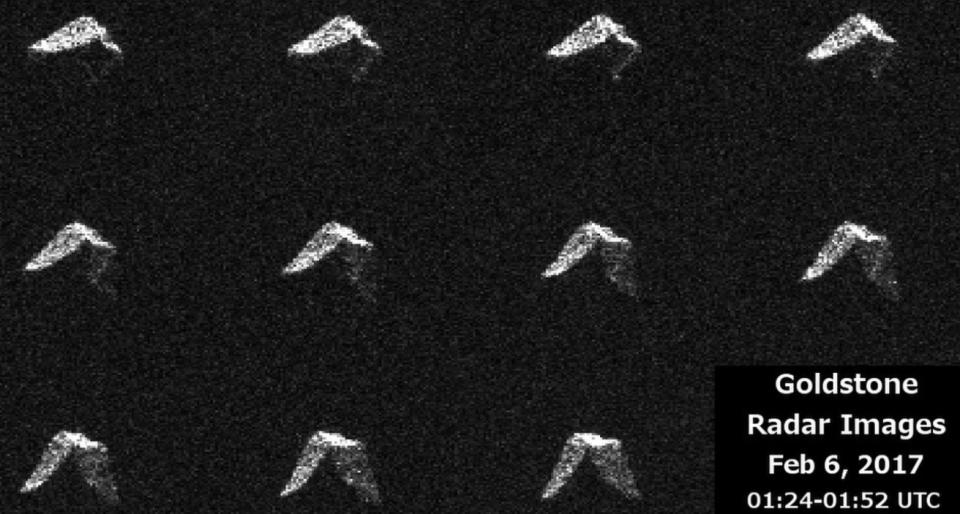
Near-Earth Asteroid 2005 YU55

Asteroid Ida 243 and Small Moon Dactyl
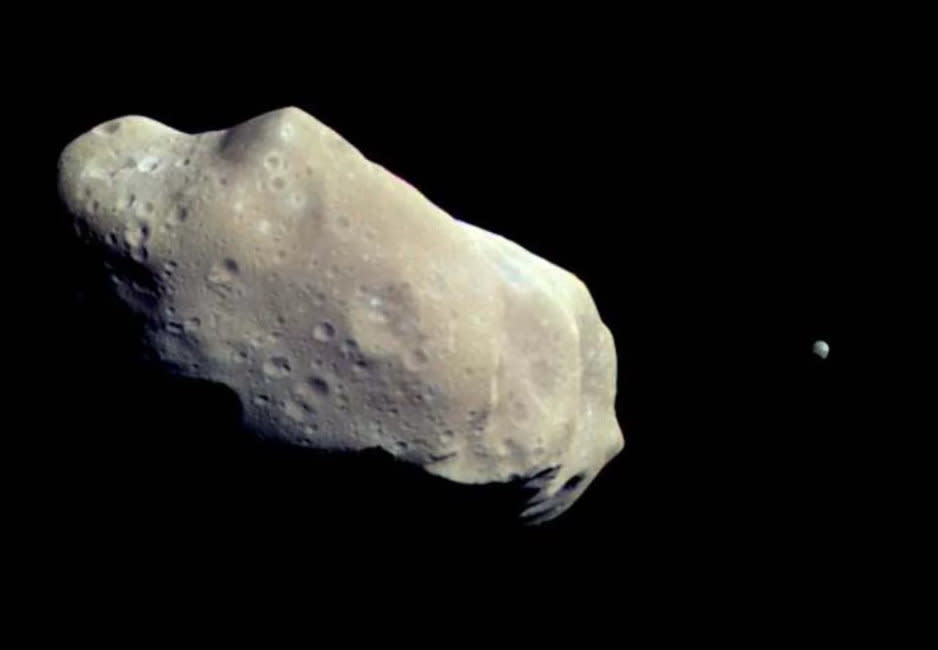
Love HuffPost? Become a founding member of HuffPost Plus today.
This article originally appeared on HuffPost.

